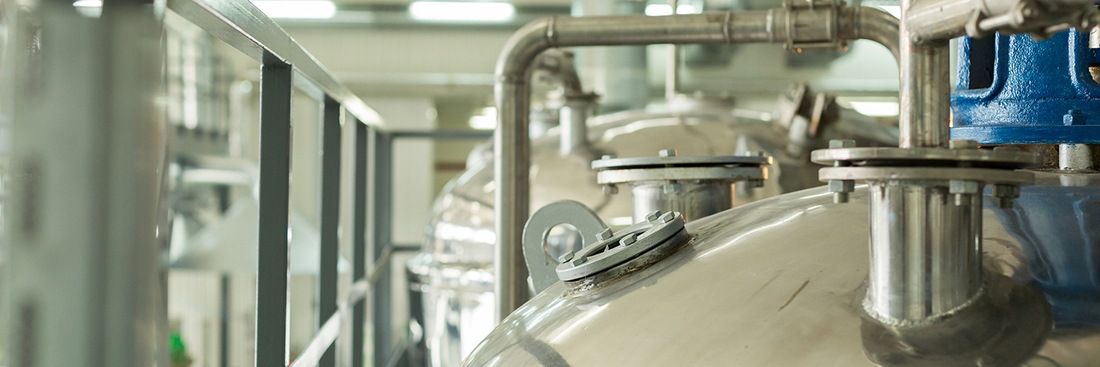
Epoxy specifically designed to restore copper pipes is mixed in large drums. Epoxy is a cost effective, popular solution that is used to restore buildings without having to undergo a full building repipe.
Copper Lining
When copper pipe develops pinhole leaks, the most efficient and long-lasting way to repair the damage is to line the pipe. Linings are created most often by using polyurethane, polyethylene (PET), or copper epoxy. At CuraFlo, we have found copper epoxy to be the most reliable for sealing leaks and preventing corrosion and leaching. The other materials are more difficult to manipulate in order to create a liner of uniform size and adhesion quality.
Epoxy for copper pipe repair is a time-tested solution. Epoxy was first used to repair water pipes in Japan and the U.K. during the 1970s. Throughout the decades since, epoxy has grown in popularity for repairing residential, commercial, industrial, and military water pipes of all kinds. Different forms of epoxy are used to line galvanized steel, plastic, and copper pipes.
Epoxy pipe lining is an increasingly attractive option for copper pipe pinhole repair because it both solves and prevents problems. By coating the inside of copper pipe, copper epoxy seals pinholes and blocks the corrosive action of elements in water so that no new pinholes develop.
The prevention of pinholes grows more important every year. Copper pipes have been used in most residential and some commercial construction across North America since the late 1940s. The age of these pipes is leading to higher frequency of pinhole leaks. As a result, some property insurers are beginning to limit claims to one instance of pinhole leak repair with no further coverage.
Epoxy Lining For Copper Pipes
The epoxy used to line copper pipes is different from epoxy products used for patching copper water pipe. Patching products found in hardware and home improvement stores are malleable and intended for short-term fixes until proper repair can happen.
Of all methods available for copper pipe repair, epoxy is recommended by plumbing professionals. It’s effective, flows well during application and cures uniformly. It’s not available for consumer purchase because of the specialized training and equipment needed for safe and effective application.
To prepare pipes for lining, a qualified plumber drains the segment where the epoxy will be applied. Using specialized equipment, the plumber then dries the interior of the pipeline. The pipes can then be cleared of corrosive build-up through pressurized cleaning.
Proper cleaning of the inside of the pipes is critical. Copper epoxy works by adhering to the inside of pipes. If build-up remains, the copper pipe epoxy coating will be uneven and create the risk of future corrosion.
The process to prepare pipes and apply epoxy pipeliner to repair pinholes in copper pipe isn’t quick but the result provides protection for 40-60 years. It’s also less disruptive than replacing the pipe.
It’s important to know that copper epoxy isn’t a suitable option for burst pipes.
Highly skilled and experienced plumbers, like those at CuraFlo, have the expertise to assess your copper pipe issue and recommend appropriate solutions. Copper pipe lining isn’t always the answer but when it is, the results are long-lasting.
